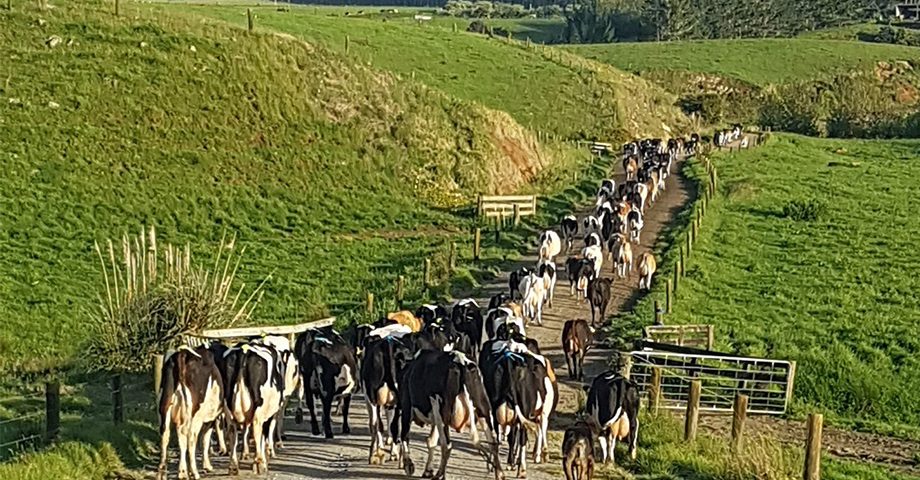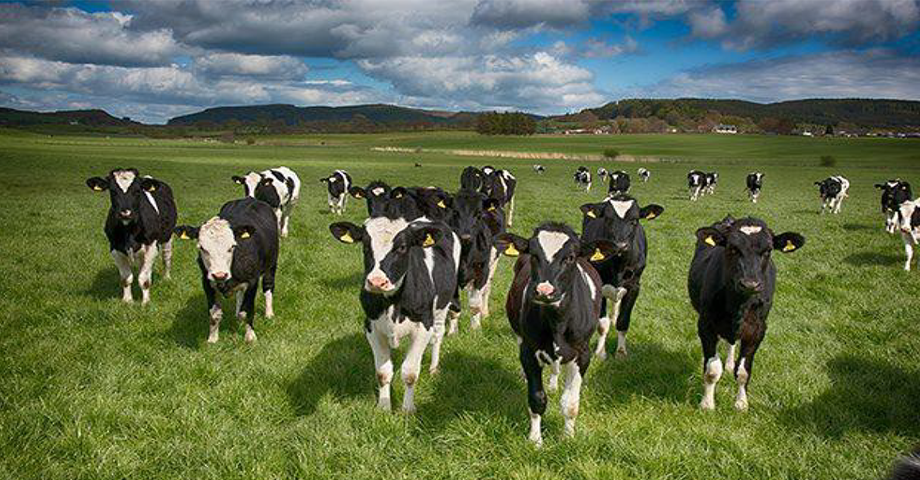Executive summary
New Zealand has a long history around agriculture. Over time farms have grown in size from single owner/operators to more commercial-based, corporate style farms. The average dairy farm size in New Zealand has grown to an average of 413 cows in the 2013/14 season (Walsh, 2014). Due to this growth farm owners have had to employ more staff in order to help their operations continue to function. As businesses have grown the health and safety issues associated with the agriculture industry have also continued to rise to a point where a person is having a fatal accident every 21 days on New Zealand farms (Worksafe NZ, 2015). This equates to 40% of New Zealands workplace deaths in 2014 (20 people for just this year alone) happening on New Zealand farms. Reported injuries that are farm related are topping 20,000 per year and these are only those being reported – there maybe more that go under the radar (Worksafe NZ, 2015). This is costing the country 34.2 million dollars annually in ACC claims (Worksafe NZ, 2015).
I have chosen to put emphasis on the dairy industry in this report due to this industry topping the statistics as New Zealand’s most dangerous industry to work in (Worksafe NZ, 2015). In order to improve these statistics we need to look into how we can improve on the current legislation by understanding farmers current perceptions to wards health and safety especially in light of the upcoming changes to the legislation later in the year. This will come in the form of the Health and Safety Reform Bill which is currently before parliamentary process in order to be passed into law.
The aim of the report is to better understand dairy farm owners perceptions towards the current position of health and safety legislation on farm and how we could change health and safety practices on farm going forward.
Clint Gulliver



